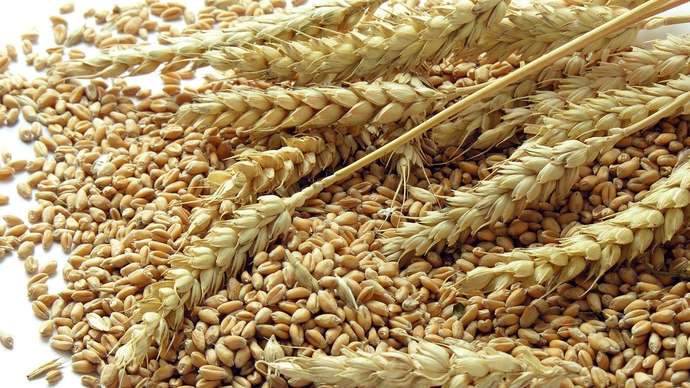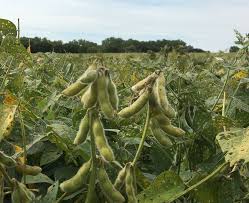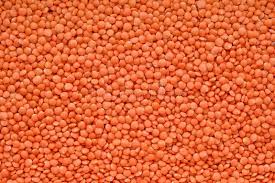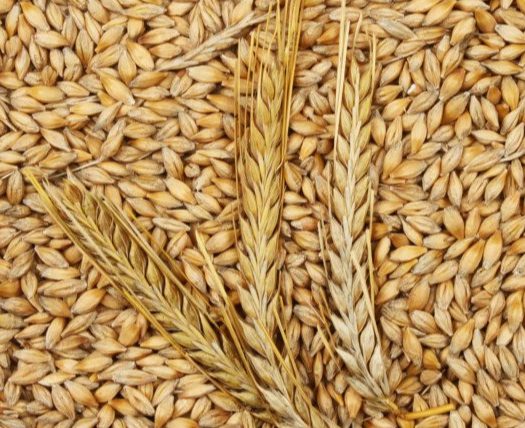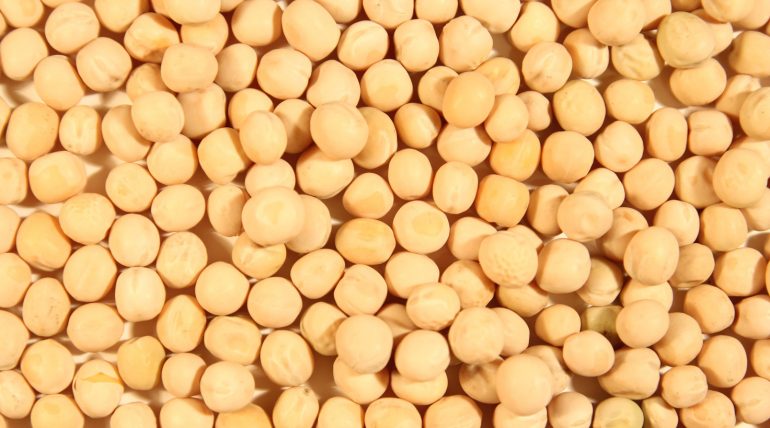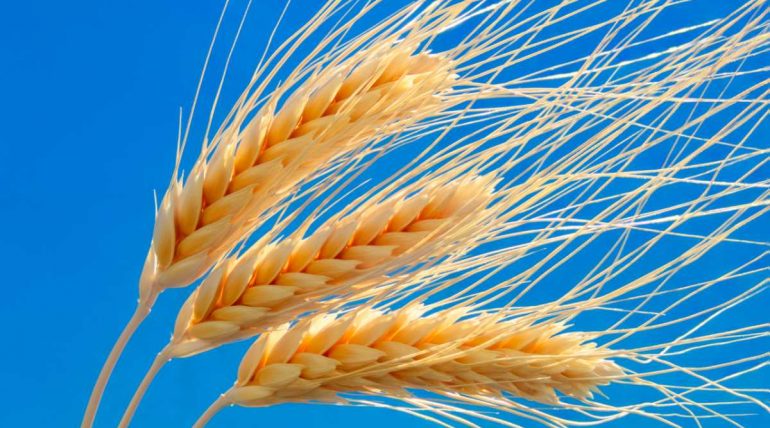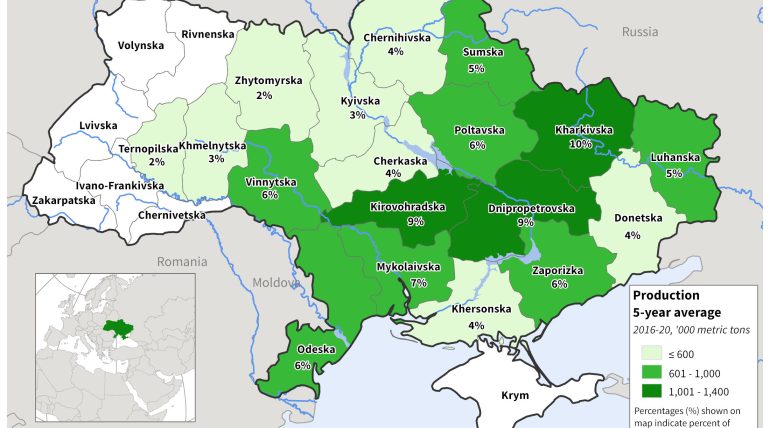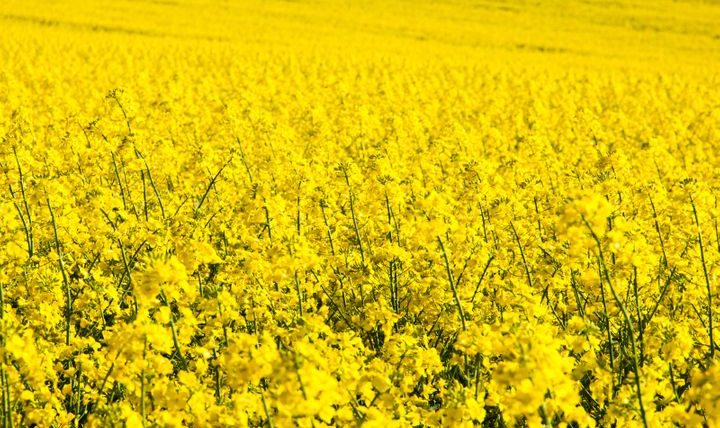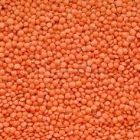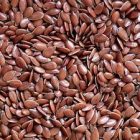Jan 11-23 Wheat
The two most important fundamental components of wheat are not necessarily common topics within coffee-shop talk, it is that
(1) both Russia and Australia have large enough sized crops to be able export volume (capped by capacity) right through respective 2023 harvests begin. Cheaper price ensures this happens, Russia leads in Africa/Mid-East while Australia in Asia.
(2) user behavior has shifted to combat high price, part of it is deploy patience, even hope that a cheaper choice will become available.
Where domestic supply/demand imbalances exist, strong basis and futures inversions can do most of the work. Can come up with a few reasons for modest strength including return of disruptive war or corn drought, but the likelihood of reversion to a price uptrend seems low. Bounces yes, uptrend unlikely.

